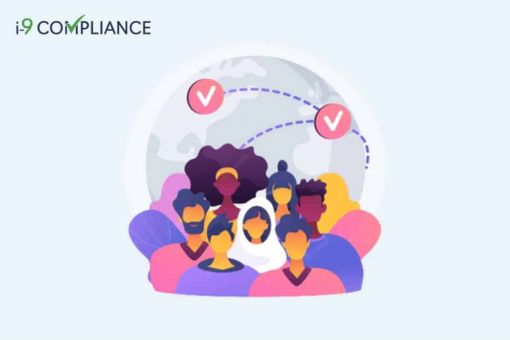DOL Introduces New Guidance Promoting Ethical Recruitment for Temporary Migrant Workers

The United States Department of Labor (DOL) and the U.S. Agency for International Development (USAID) has introduced new guidance intended to encourage employers and countries participating in the H-2 visa programs to strengthen their policies regarding the ethical treatment of temporary migrant workers. The DOL’s guidance, titled “Guidance on Fair Recruitment Practices for Temporary Migrant Workers,” primarily serves to offer advice on current regulations from the DOL and ILO guidelines, including critical points related to:
- The development and implementation of suitable recruitment infrastructure,
- The protection of workers’ rights, and
- Ensuring transparency and access to remedies by workers and applicants in the event of violations.
The DOL’s announcement states that this new guidance plays a central role in the current administration’s Collaborative Migration Management Strategy, which aims to boost cooperation among countries regarding migration. According to the DOL, the guidance intends to encourage participating countries and employers to maintain best practices regarding the H-2 visa programs for temporary workers, including the H-2A for agricultural workers and H-2B for non-agricultural workers.
The guidance states that employers should make all laws and regulations transparent for all involved, including workers. Additionally, governments should ensure that recruitment agencies comply with all requirements and levy appropriate penalties on recruiters who employ illegal or abusive practices. This includes soliciting payment and fees from potential workers for employment, confiscating, and destroying workers’ documentation or agreements.
Additionally, the guidance goes on to indicate that authorities should ensure the recruitment process can safeguard workers’ rights, including:
- Preventing discrimination against applicants based on age, sex, race, and other legally protected characteristics.
- Providing suitable measures to avoid forced or child labor.
- Permitting freedom of association and collective bargaining.
In addition to protecting workers’ rights, the guidance indicates that governments should ensure the terms and conditions of a worker’s employment, such as pay, conditions, and any additional benefits, are presented in a language understood by the worker. Furthermore, governmental authorities must ensure that workers have access to suitable remedies, such as compensation, should violations occur.
Employers seeking to hire temporary workers under these visa programs must remember the extensive paperwork requirements, including the Employment Eligibility Verification (Form I-9). This verification process often proves complicated because of the numerous documents employees may present and the complex, ever-shifting regulations governing them. The best way to simplify this process is to invest in an electronic I-9 management tool. Management tools can guide HR personnel through the steps and ensure that documentation and paperwork are stored appropriately.
Our I-9 Compliance tool will help quickly verify your employment eligibility automatically.